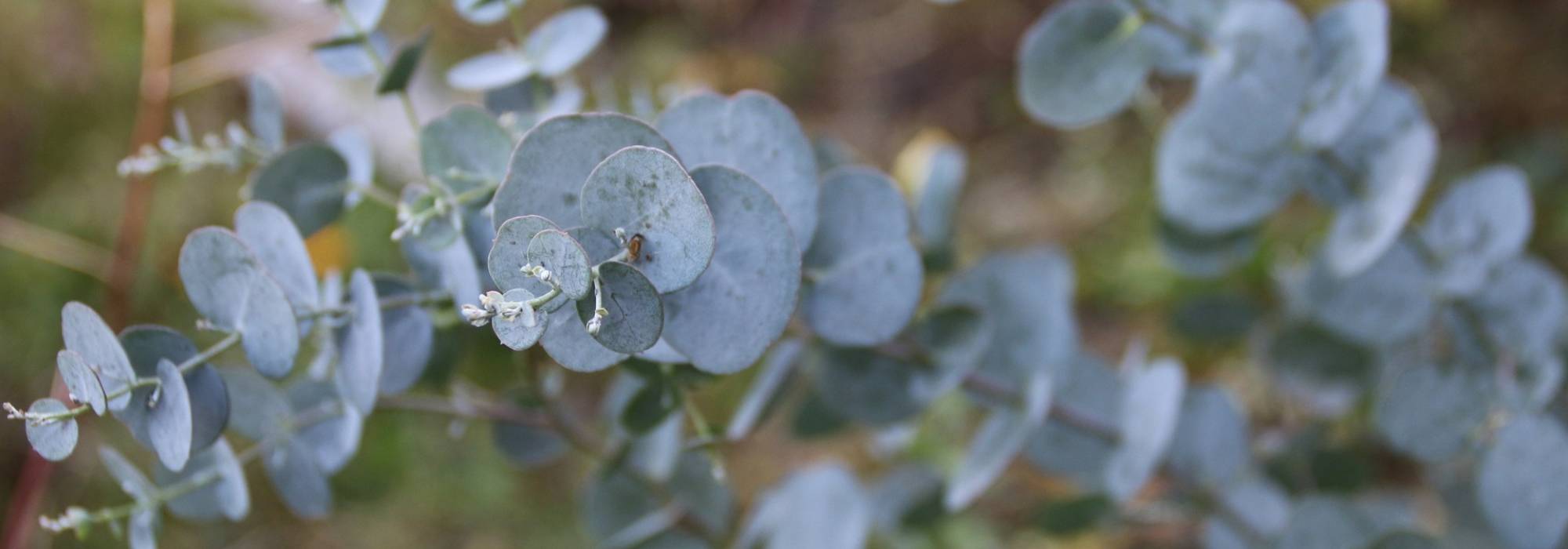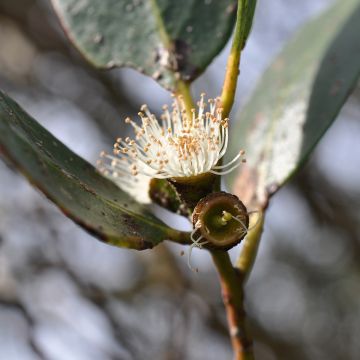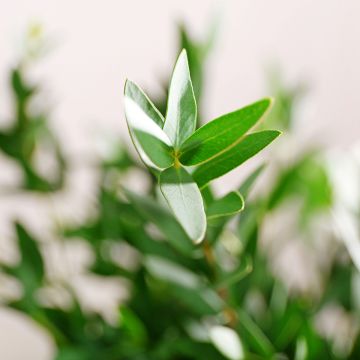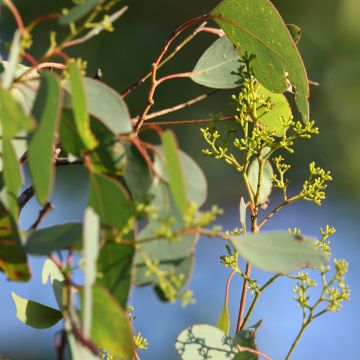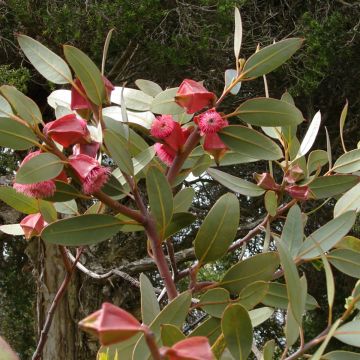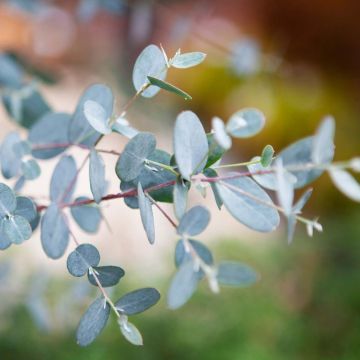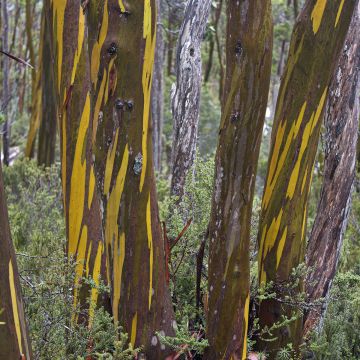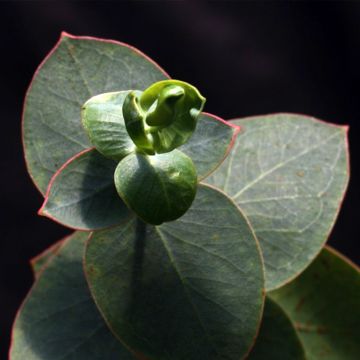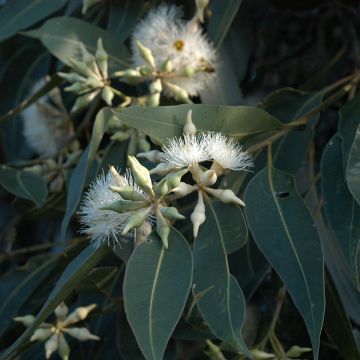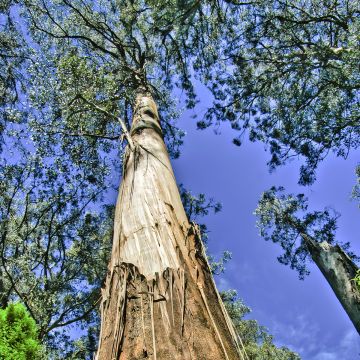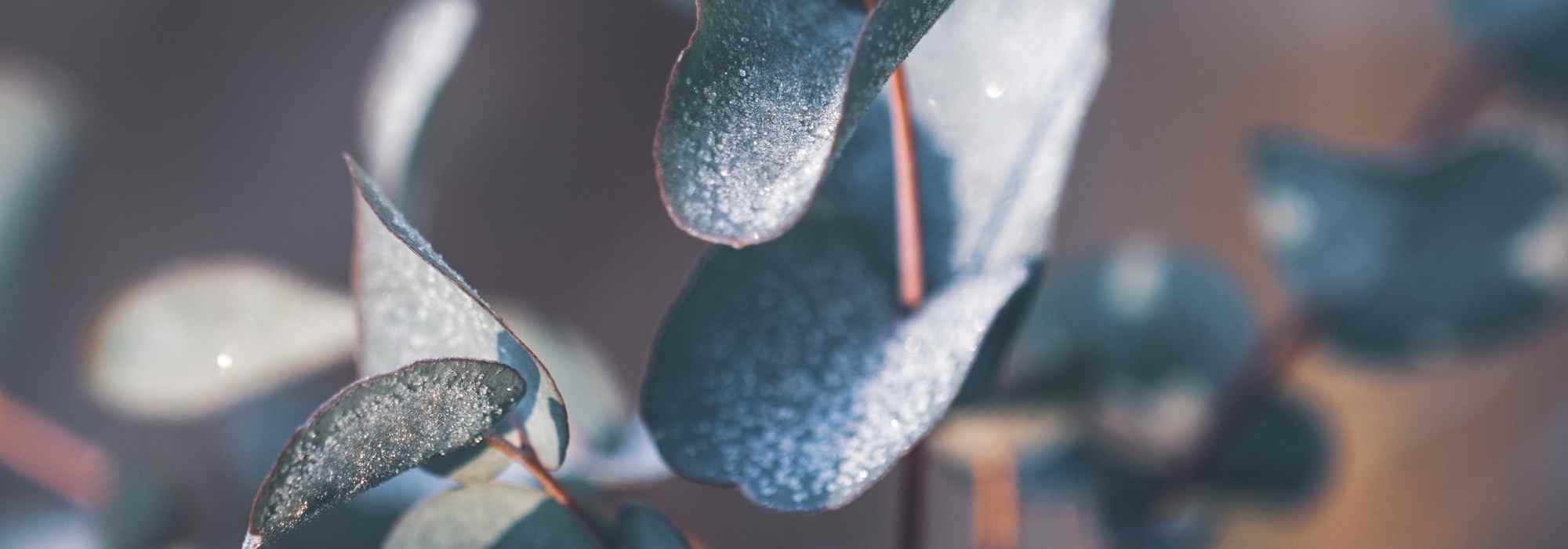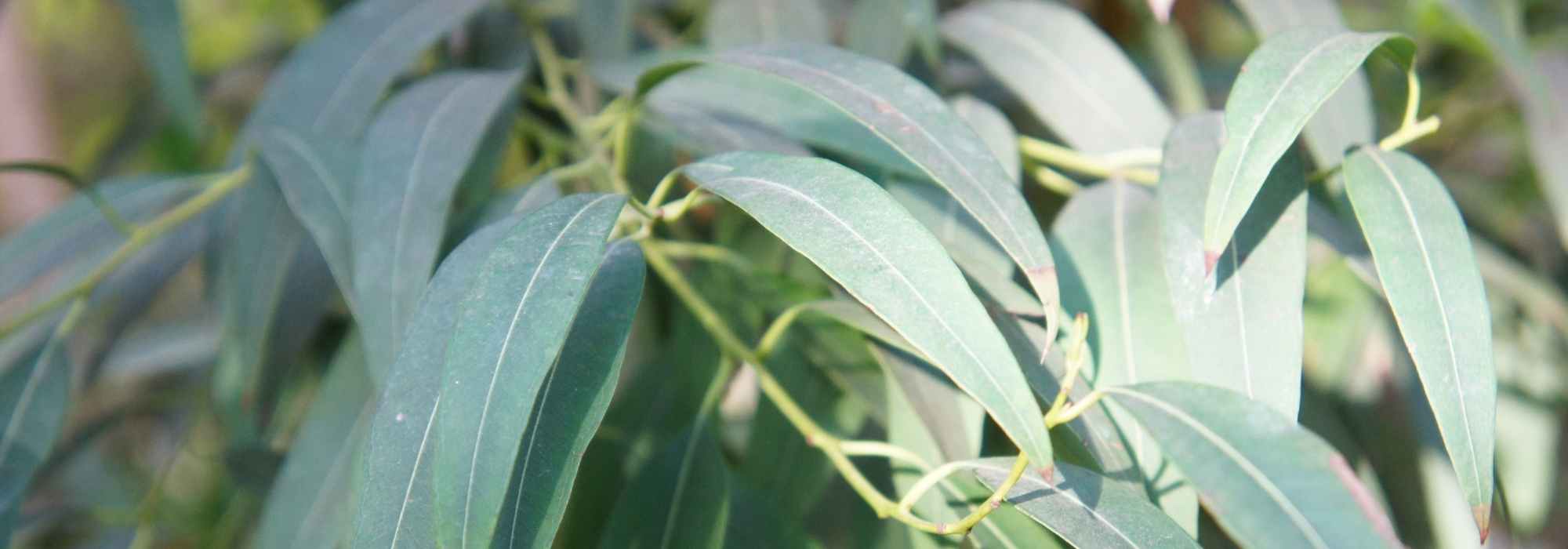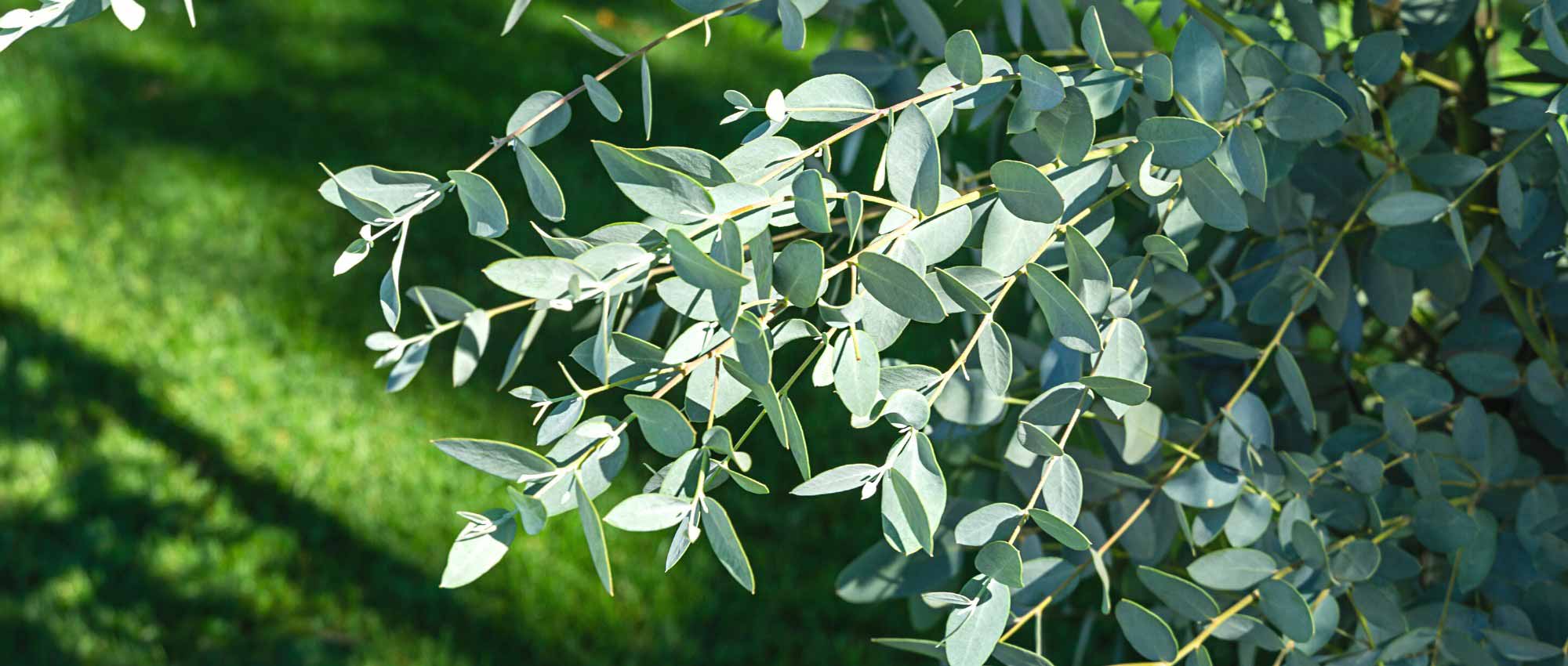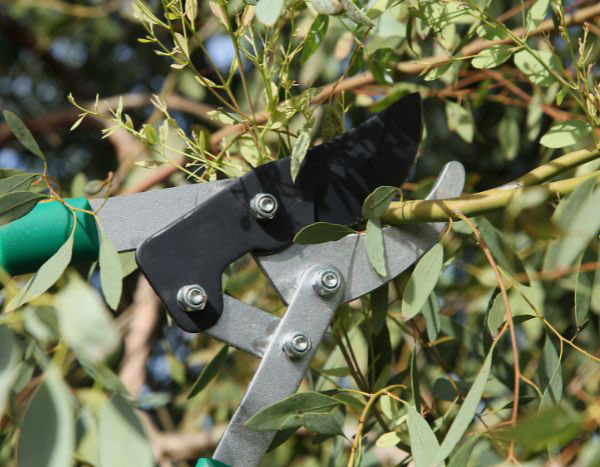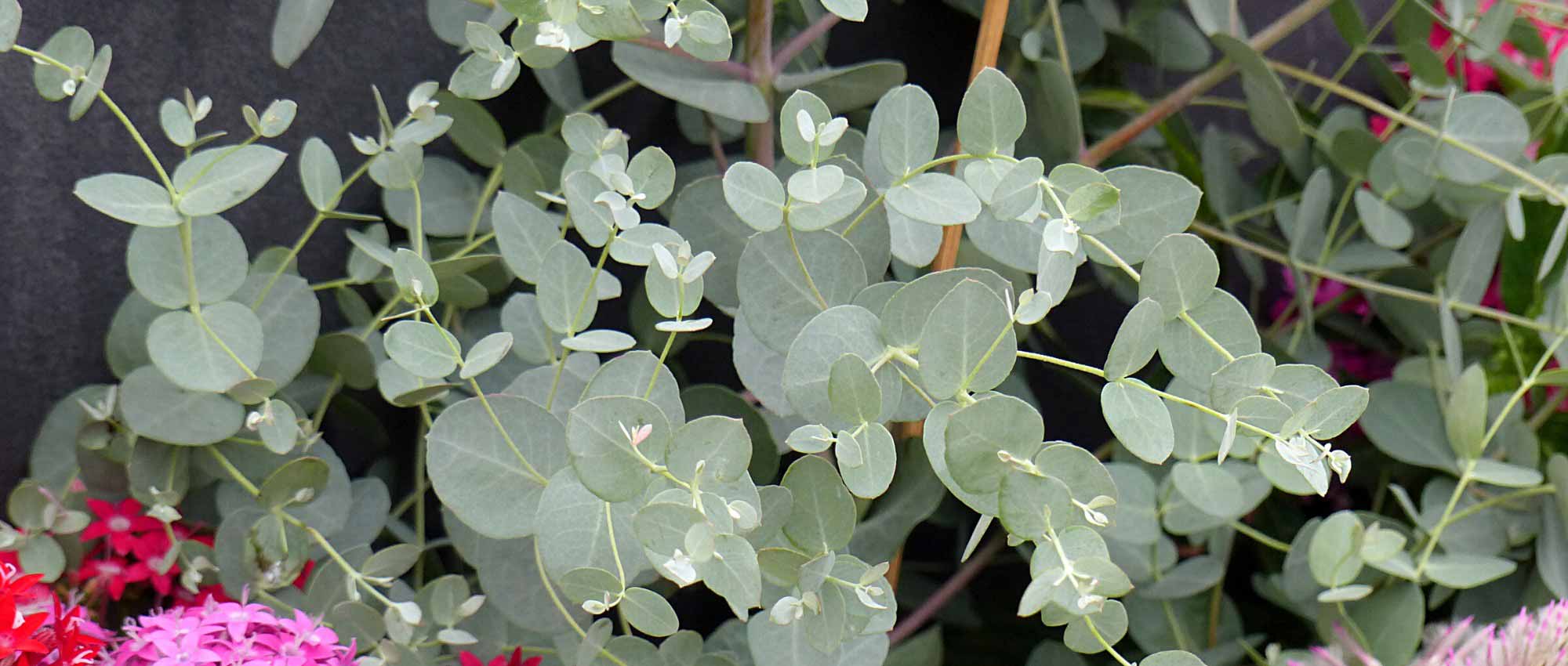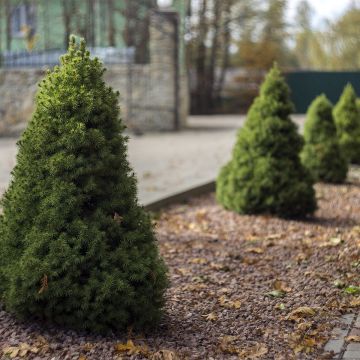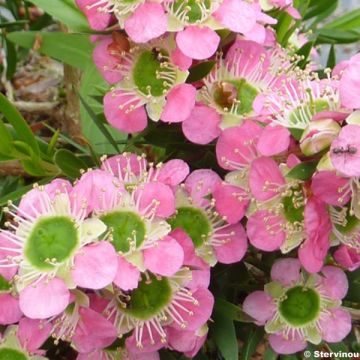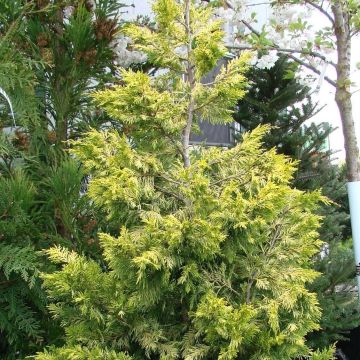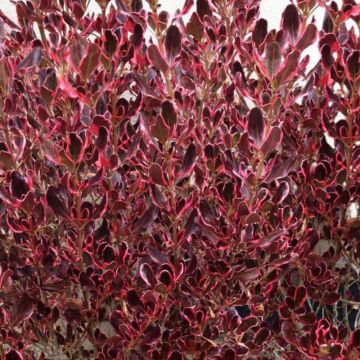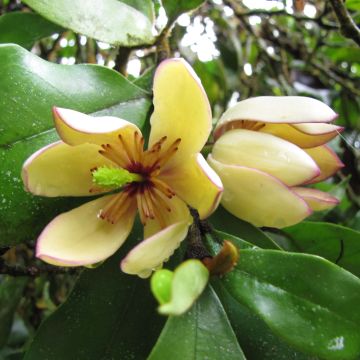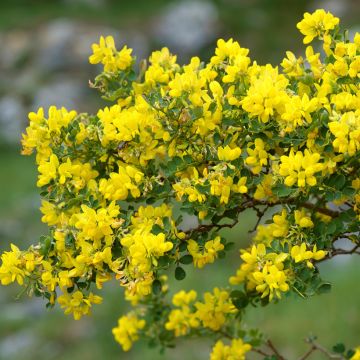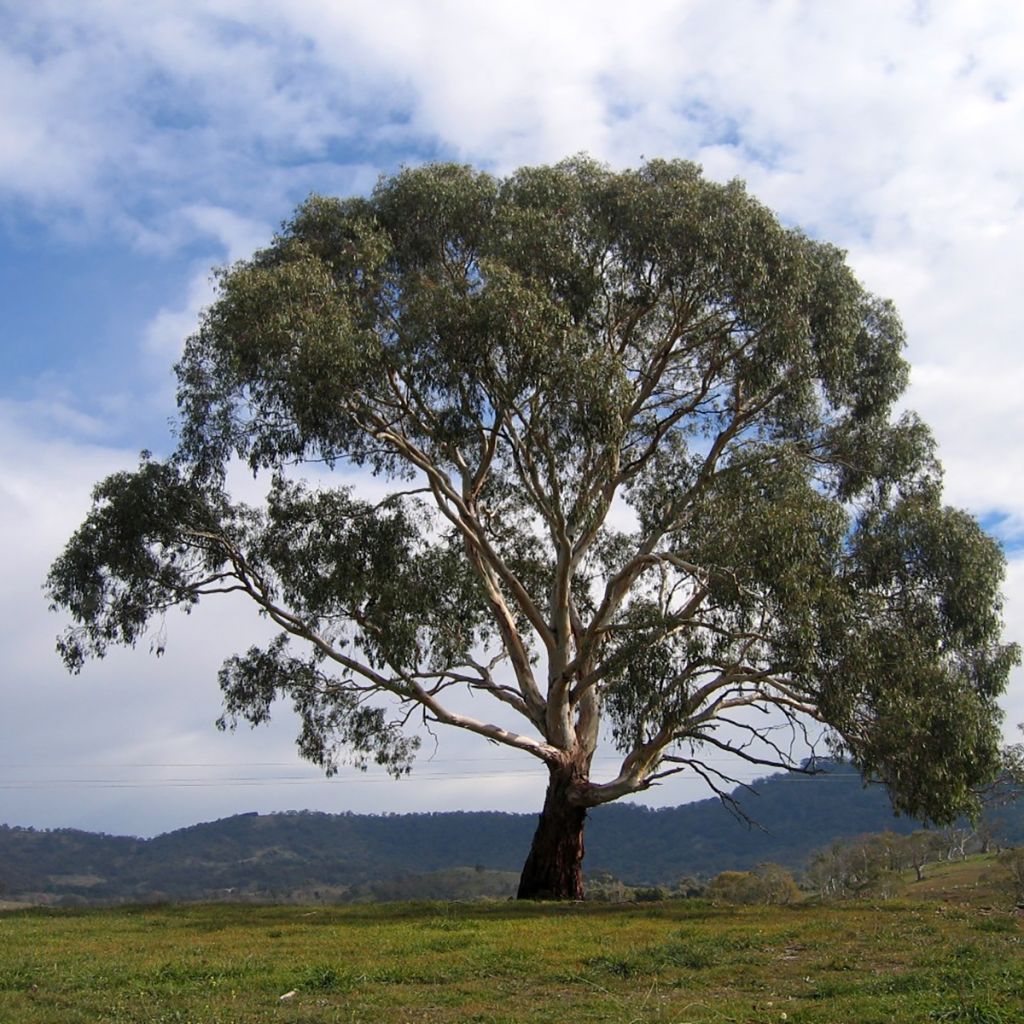

Eucalyptus rubida
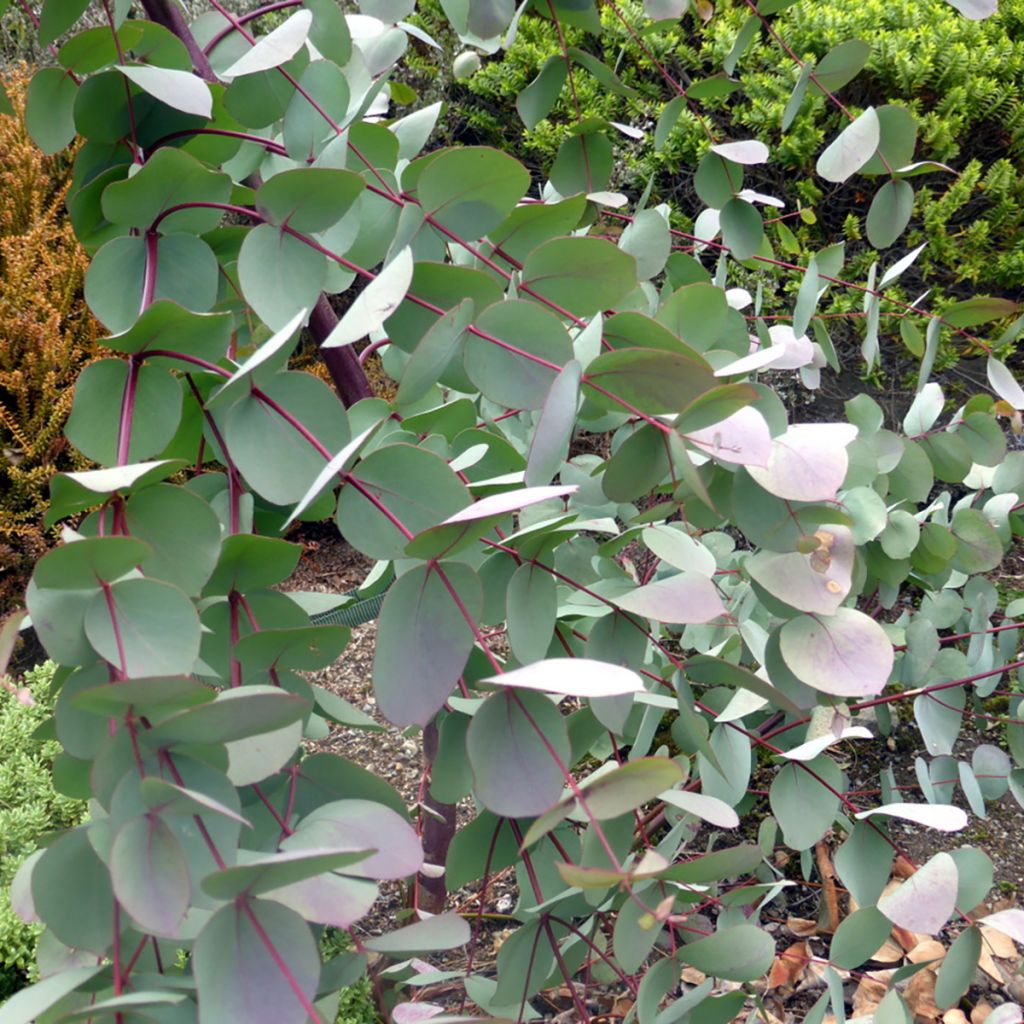

Eucalyptus rubida
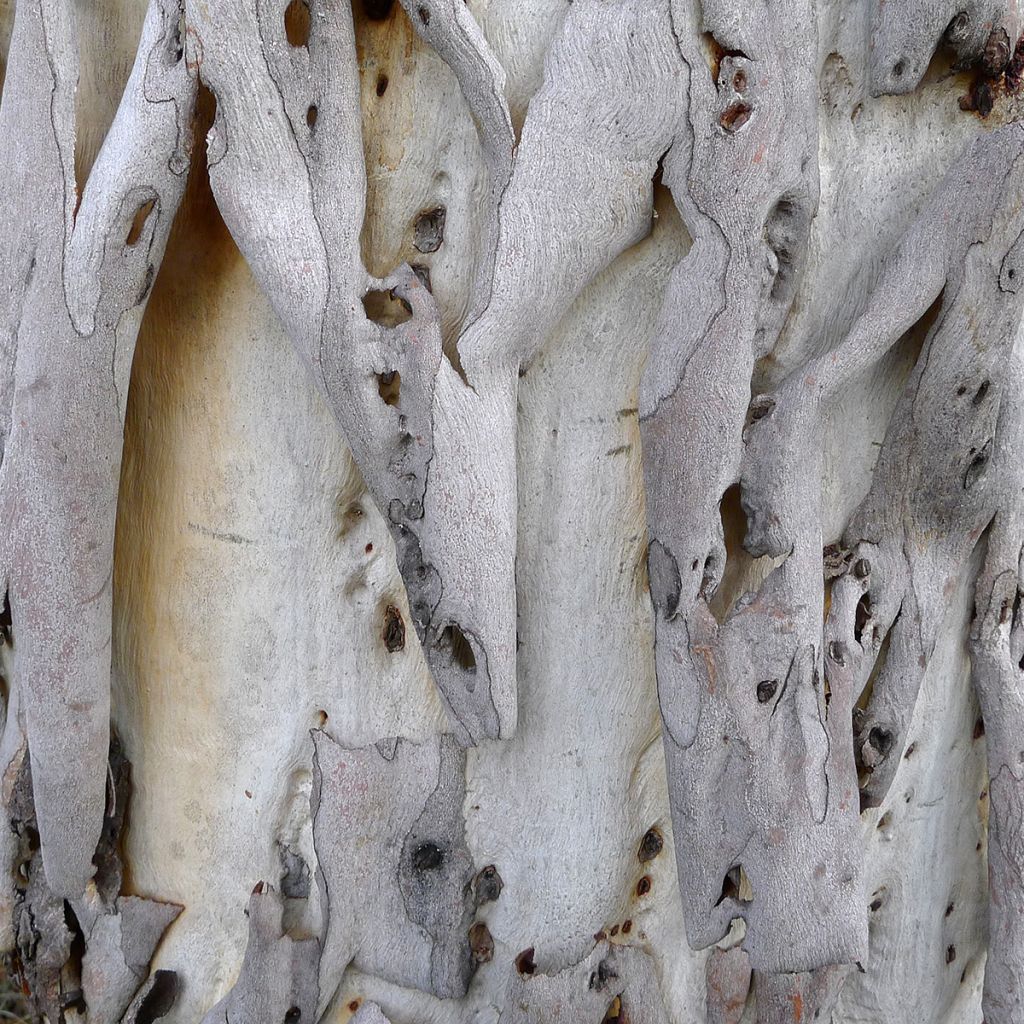

Eucalyptus rubida
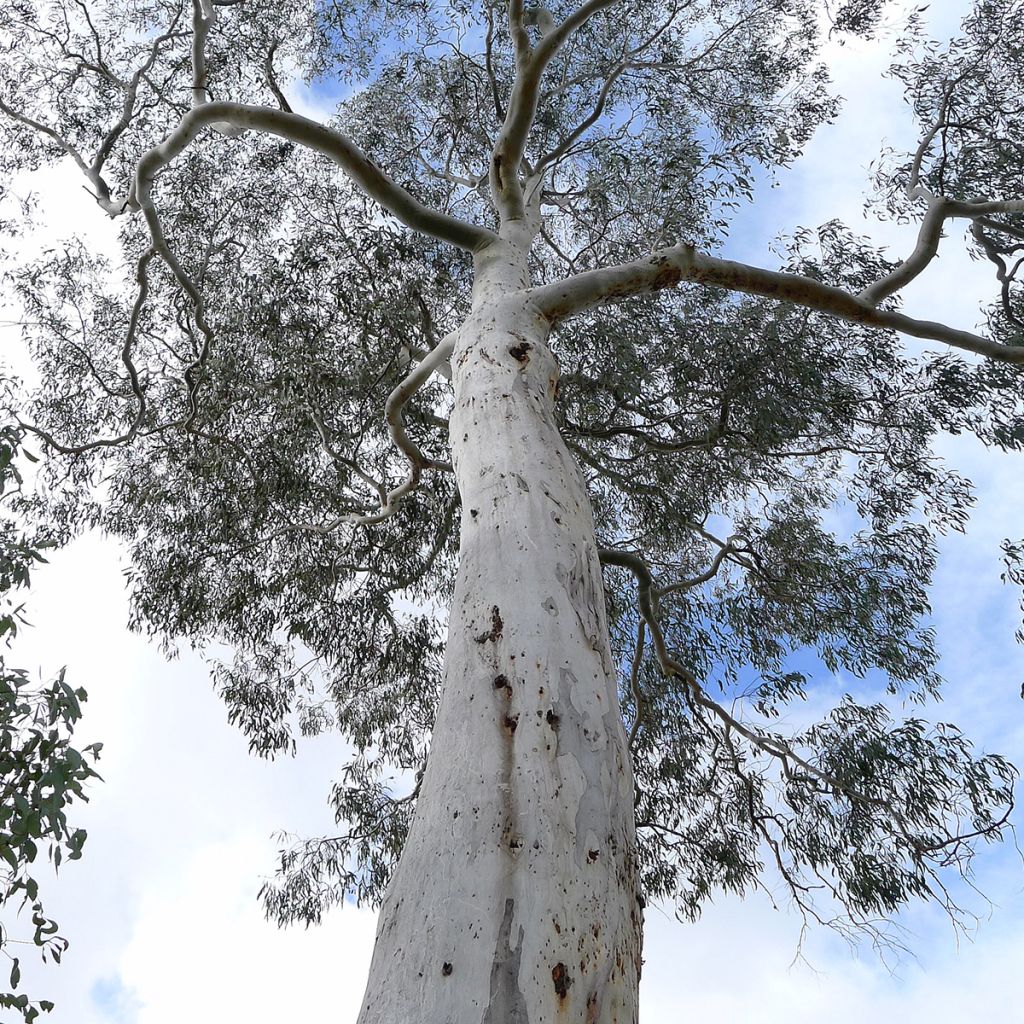

Eucalyptus rubida
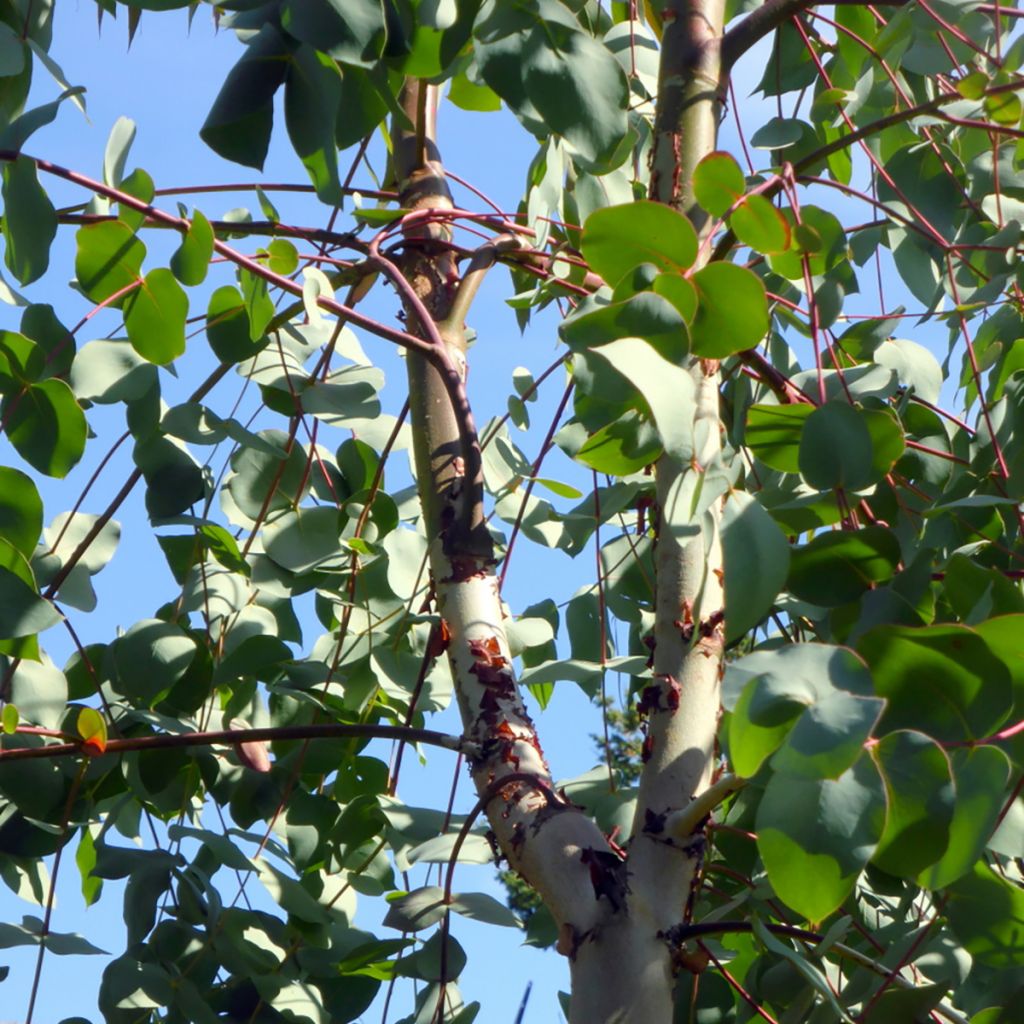

Eucalyptus rubida
Eucalyptus rubida
Eucalyptus rubida
Candle Bark Gum
Vigorous, healthy plant with a beautifully developed root system. Well packaged and delivered very quickly. Super!
Dirk, 24/07/2024
Special offer!
Receive a €20 voucher for any order over €90 (excluding delivery costs, credit notes, and plastic-free options)!
1- Add your favorite plants to your cart.
2- Once you have reached €90, confirm your order (you can even choose the delivery date!).
3- As soon as your order is shipped, you will receive an email containing your voucher code, valid for 3 months (90 days).
Your voucher is unique and can only be used once, for any order with a minimum value of €20, excluding delivery costs.
Can be combined with other current offers, non-divisible and non-refundable.
Home or relay delivery (depending on size and destination)
Schedule delivery date,
and select date in basket
This plant carries a 24 months recovery warranty
More information
We guarantee the quality of our plants for a full growing cycle, and will replace at our expense any plant that fails to recover under normal climatic and planting conditions.

Would this plant suit my garden?
Set up your Plantfit profile →
Description
Eucalyptus rubida, also known as the candlebark gum is a medium-to-large-sized species, forming a rounded, sometimes spreading tree when planted alone. Highly ornamental with its beautiful whitish bark, this Eucalyptus displays beautiful blue evergreen foliage in its juvenile stage, turning blue-green. Its white flowering, which can appear at different months of the year, is relatively insignificant. It is one of the hardiest of the genus and can be acclimatised in most regions, especially as it accepts many growing conditions, even tolerating moderately chalky soil. A beautiful species with fairly rapid growth that deserves to be planted more often.
Eucalyptus are members of the large Myrtaceae family, rich in about 130 genera distributed in the tropical and warm temperate regions of the globe. There are approximately 800 species of Eucalyptus, almost all originating from Australia. This one grows in a vast area ranging from the mountains of eastern New South Wales, to the Australian Alps of Victoria and extending to southeastern Tasmania, in hillside, plateau and mountain slope situations, on poor and shallow soils. Two subspecies are distinguished in nature, which mainly differ in terms of bark, one being smooth, the other rough. With rather rapid growth, Eucalyptus rubida most often grows in poor soils.
It forms a tree 20m (65 ft 7 in) high, sometimes more, with a slightly flared or rounded habit, about fifteen metres in width. Some isolated specimens can adopt a more spreading habit and form majestic subjects, wider than tall. Generally, this species shows a certain genetic variability, which can also manifest itself in the colour of the bark. Generally a beautiful white, it is often powdery and can mix with grey, beige or pink. At the base of the trunk, the bark can be rough while it is smooth elsewhere and remnants of variable colours persist here and there, especially on the large branches. In any case, it is very decorative and greatly contributes to the interest of this species.
This Eucalyptus develops a lignotuber, an underground formation rich in starch intended to rebuild the aerial part in case of destruction (by fire for example). It thus has the ability to shoot from the stump, with many axillary buds developing in all directions. This is an asset, as it allows it to respond very well to pruning, and even coppicing, which allows for rejuvenation of a specimen.
Its juvenile foliage is particularly decorative, consisting of round, bluish leaves 2.5 to 6 cm (1 to 2.4 in) in diameter, without petioles and inserted face to face on the branches, often used in floral arrangements. The adult foliage consists of alternate leaves, much larger, lanceolate to crescent-shaped and measuring from 8 to 17 cm (3.1 to 6.7 in) long and from 0.8 to 3.4 cm (0.3 to 1.3 in) wide. They have a variable colour, green, grey-green or blue-green, and often a somewhat dull appearance. The foliage is evergreen and decorative all year round.
The flowering is a little too insignificant to be ornamental. The white flowers consist of bouquets of stamens as in many Myrtaceae, and are certainly pretty with their pompom-like appearance, but as they are small and do not provide any real interest, drowned in the mass of foliage.
Eucalyptus rubina is very hardy and can withstand frosts down to -15°C. It is a species that is undemanding in terms of soil type, growing well in both neutral and acidic soil and even tolerating a certain proportion of limestone. Appreciating moist to wet, but well-drained soils, it can also adjust to drought once well rooted. Occasional watering in these conditions will always be beneficial.
Easy to acclimatise in most regions, except those too cold or too dry, Eucalyptus rubida will be the centrepiece of a medium-sized garden. Its beautiful bark, evergreen foliage and elegant, well-balanced habit will provide many visual assets to animate an exotic-inspired scene, even in a cool climate. You can accompany it with other plants such as Pawpaw (Asimina triloba), a small tree with a tropical appearance, but very hardy, which gives fruits that look like mangoes, and taste like a hybrid with banana. A Persimmon (Diospyros kaki) will also allow you to enjoy delicious fruits, while adding a small tree with dark green, glossy foliage to your scene, evocative of distant lands.
Eucalyptus rubida in pictures


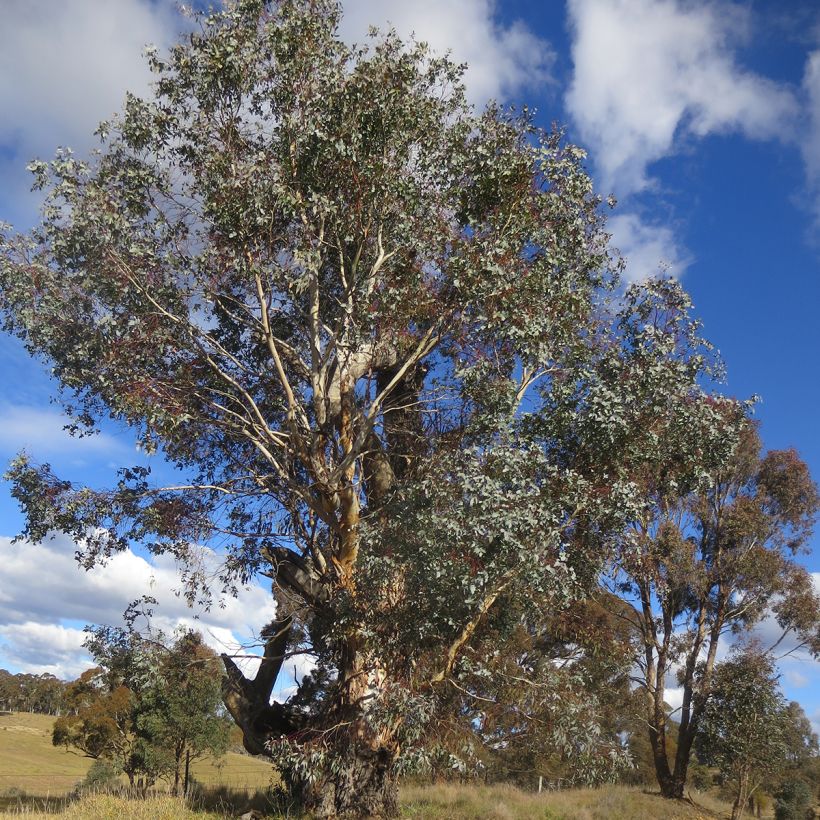

Plant habit
Flowering
Foliage
Botanical data
Eucalyptus
rubida
Myrtaceae
Candle Bark Gum
Australia
Other Eucalyptus
View all →Planting and care
Eucalyptus rubida is best planted at the start of autumn in mild climates, or at the start of spring in cooler regions, after the last frosts, in well-prepared, not too dry to moist soil and a very sunny location. This species tolerates a wide variety of soils, from acidic to moderately chalky and poor to moderately fertile, provided they are well-drained. It prefers moist soils, but once well established, it can withstand dry spells.
Water well at planting, then regularly for the first two years, especially in dry weather. Then let nature take its course, its growth is rapid. Pruning is unnecessary, but the young plant tolerates even pruning very well after 3 or 4 years of cultivation.
Planting period
Intended location
Care
Planting & care advice
-
, onOrder confirmed
Reply from on Promesse de fleurs
Similar products
Haven't found what you were looking for?
Hardiness is the lowest winter temperature a plant can endure without suffering serious damage or even dying. However, hardiness is affected by location (a sheltered area, such as a patio), protection (winter cover) and soil type (hardiness is improved by well-drained soil).

Photo Sharing Terms & Conditions
In order to encourage gardeners to interact and share their experiences, Promesse de fleurs offers various media enabling content to be uploaded onto its Site - in particular via the ‘Photo sharing’ module.
The User agrees to refrain from:
- Posting any content that is illegal, prejudicial, insulting, racist, inciteful to hatred, revisionist, contrary to public decency, that infringes on privacy or on the privacy rights of third parties, in particular the publicity rights of persons and goods, intellectual property rights, or the right to privacy.
- Submitting content on behalf of a third party;
- Impersonate the identity of a third party and/or publish any personal information about a third party;
In general, the User undertakes to refrain from any unethical behaviour.
All Content (in particular text, comments, files, images, photos, videos, creative works, etc.), which may be subject to property or intellectual property rights, image or other private rights, shall remain the property of the User, subject to the limited rights granted by the terms of the licence granted by Promesse de fleurs as stated below. Users are at liberty to publish or not to publish such Content on the Site, notably via the ‘Photo Sharing’ facility, and accept that this Content shall be made public and freely accessible, notably on the Internet.
Users further acknowledge, undertake to have ,and guarantee that they hold all necessary rights and permissions to publish such material on the Site, in particular with regard to the legislation in force pertaining to any privacy, property, intellectual property, image, or contractual rights, or rights of any other nature. By publishing such Content on the Site, Users acknowledge accepting full liability as publishers of the Content within the meaning of the law, and grant Promesse de fleurs, free of charge, an inclusive, worldwide licence for the said Content for the entire duration of its publication, including all reproduction, representation, up/downloading, displaying, performing, transmission, and storage rights.
Users also grant permission for their name to be linked to the Content and accept that this link may not always be made available.
By engaging in posting material, Users consent to their Content becoming automatically accessible on the Internet, in particular on other sites and/or blogs and/or web pages of the Promesse de fleurs site, including in particular social pages and the Promesse de fleurs catalogue.
Users may secure the removal of entrusted content free of charge by issuing a simple request via our contact form.
The flowering period indicated on our website applies to countries and regions located in USDA zone 8 (France, the United Kingdom, Ireland, the Netherlands, etc.)
It will vary according to where you live:
- In zones 9 to 10 (Italy, Spain, Greece, etc.), flowering will occur about 2 to 4 weeks earlier.
- In zones 6 to 7 (Germany, Poland, Slovenia, and lower mountainous regions), flowering will be delayed by 2 to 3 weeks.
- In zone 5 (Central Europe, Scandinavia), blooming will be delayed by 3 to 5 weeks.
In temperate climates, pruning of spring-flowering shrubs (forsythia, spireas, etc.) should be done just after flowering.
Pruning of summer-flowering shrubs (Indian Lilac, Perovskia, etc.) can be done in winter or spring.
In cold regions as well as with frost-sensitive plants, avoid pruning too early when severe frosts may still occur.
The planting period indicated on our website applies to countries and regions located in USDA zone 8 (France, United Kingdom, Ireland, Netherlands).
It will vary according to where you live:
- In Mediterranean zones (Marseille, Madrid, Milan, etc.), autumn and winter are the best planting periods.
- In continental zones (Strasbourg, Munich, Vienna, etc.), delay planting by 2 to 3 weeks in spring and bring it forward by 2 to 4 weeks in autumn.
- In mountainous regions (the Alps, Pyrenees, Carpathians, etc.), it is best to plant in late spring (May-June) or late summer (August-September).
The harvesting period indicated on our website applies to countries and regions in USDA zone 8 (France, England, Ireland, the Netherlands).
In colder areas (Scandinavia, Poland, Austria...) fruit and vegetable harvests are likely to be delayed by 3-4 weeks.
In warmer areas (Italy, Spain, Greece, etc.), harvesting will probably take place earlier, depending on weather conditions.
The sowing periods indicated on our website apply to countries and regions within USDA Zone 8 (France, UK, Ireland, Netherlands).
In colder areas (Scandinavia, Poland, Austria...), delay any outdoor sowing by 3-4 weeks, or sow under glass.
In warmer climes (Italy, Spain, Greece, etc.), bring outdoor sowing forward by a few weeks.






























